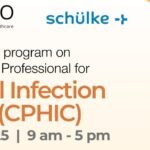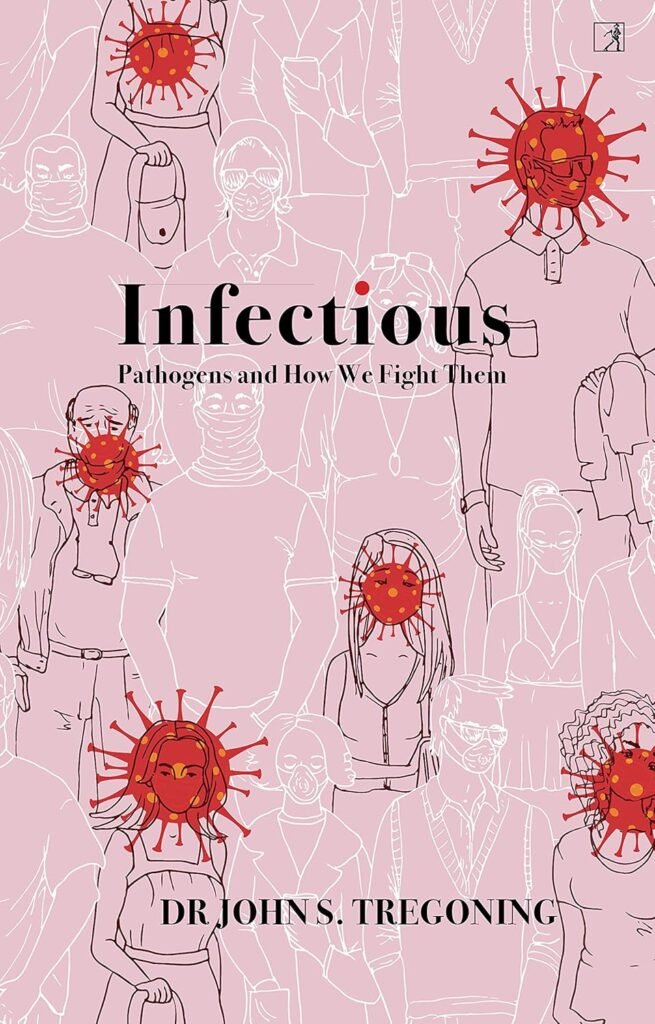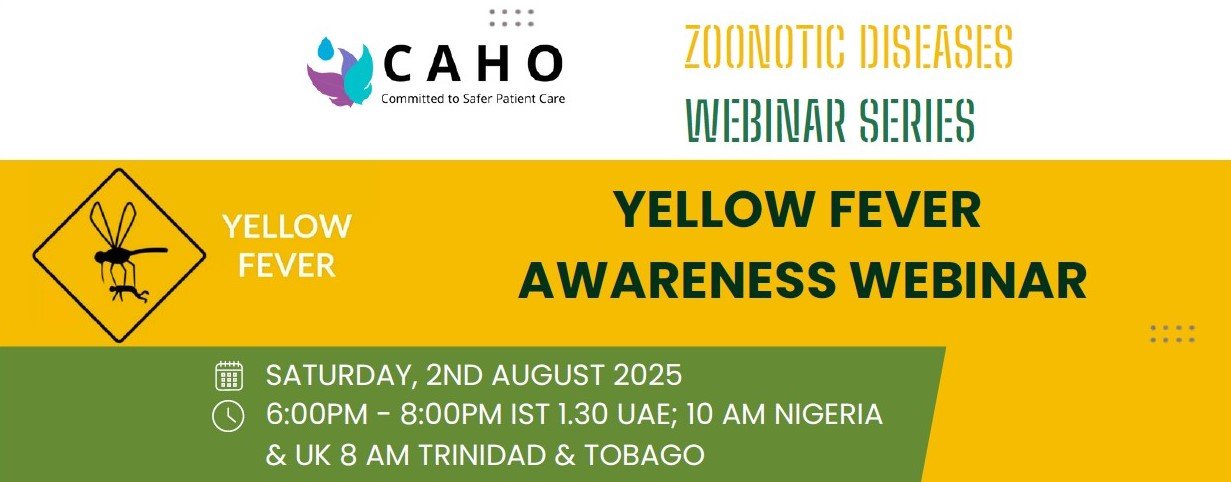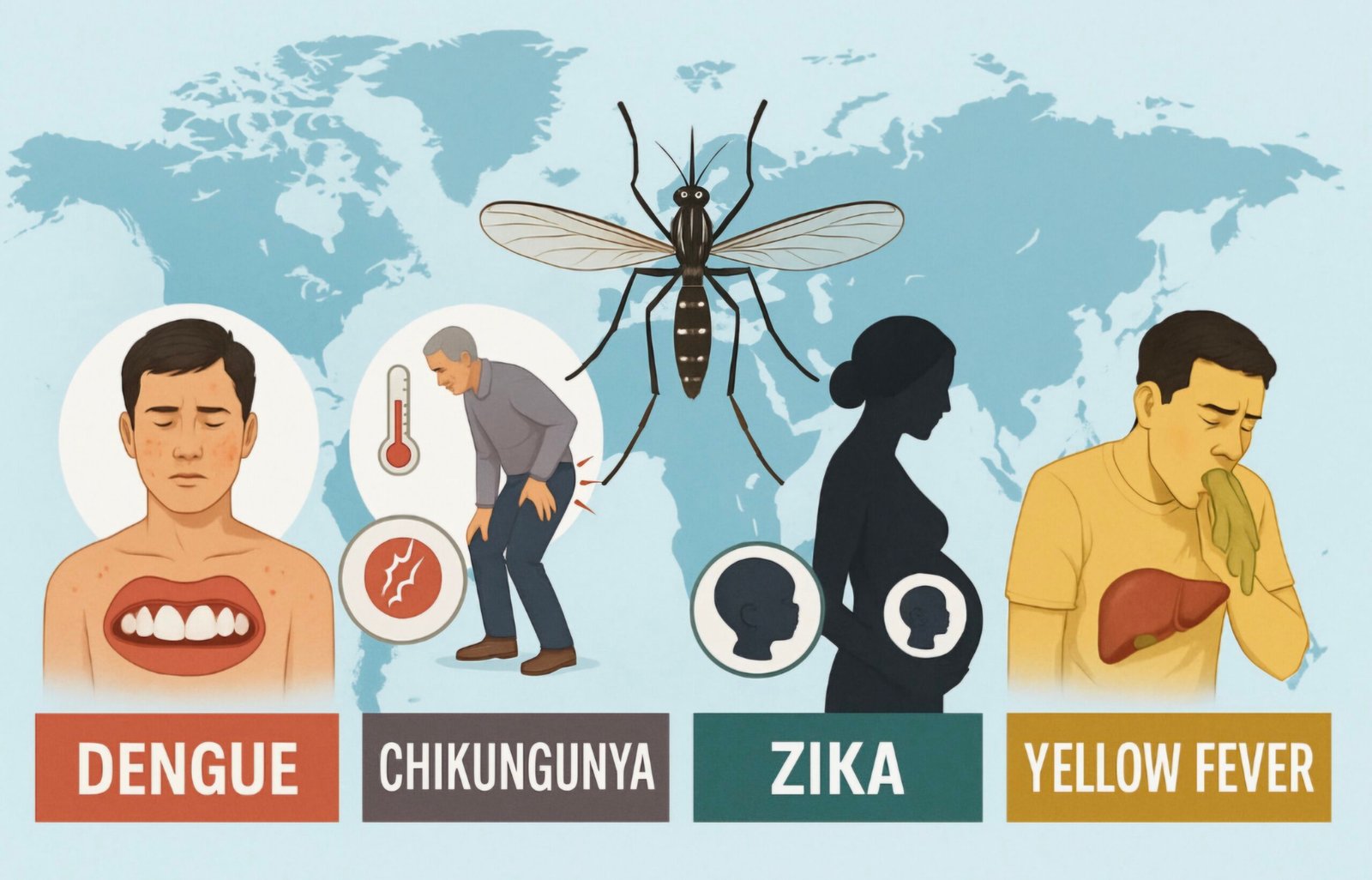Disclaimer: This post is for academic purposes only. Please read the original document if you intend to use them for clinical purposes.
Purpose and Scope:
This document serves as a guideline for HIV Counselling and Testing Services (HCTS) within the National AIDS Control Programme (NACP) in India. It covers various aspects of HIV testing, prevention, treatment, and related services, with the goal of ending the AIDS epidemic as a public health threat by 2030. The guidelines address diverse populations, including high-risk groups (HRG), People Living with HIV (PLHIV), pregnant women, and the general population.
Key Organizations and Contributors:
The guidelines are developed under the authority of the National AIDS Control Organization (NACO), Basic Services Division (BSD). Key contributors include individuals from NACO, NVHCP (National Viral Hepatitis Control Program), NTEP (National Tuberculosis Elimination Programme), and various consultant positions within the Ministry of Health and Family Welfare (MoHFW). This highlights a collaborative approach to HIV control, involving multiple government bodies and experts.
Core Strategies and Interventions:
Combination Prevention: The document emphasizes a multi-pronged approach to HIV prevention, including:
- Condom promotion (male and female condoms).
- Pre-Exposure Prophylaxis (PrEP).
- Post-Exposure Prophylaxis (PEP).
- Treatment as Prevention (TasP), with the “U=U” (Undetectable = Untransmittable) concept highlighted.
- Harm reduction strategies for People Who Inject Drugs (PWID).
- Elimination of Vertical Transmission of HIV and Syphilis (EVTHS)
- HIV Counselling and Testing Services (HCTS): Focus on accessible and quality HCTS through various modalities (facility-based, community-based, mobile units).
- Emphasis on pre- and post-test counselling.
- Implementation of Index Testing Services (ITS) to reach contacts of PLHIV.: ITS is a voluntary, case-finding approach that involves eliciting sexual and needle-sharing contacts, and biological children, of HIV-positive clients, and offering them HIV counselling and testing. ITS is presented as an effective way to break the chain of HIV transmission.
- Integration of HCTS with other health programs (TB, Hepatitis, STI, etc.).
- Consent is required from the client to proceed with index testing services.
- Social Network Strategy (SNS): SNS is a chain referral strategy for reaching individuals unaware of their HIV status using social connections to identify at-risk individuals and offer testing services. The SNS is adapted from snowballing and respondent-driven sampling and used primarily in public health programs.
- Integration with General Health Services: “Breaking the silos and building synergies” is a guiding principle. Promotes coordinated actions through single-window service delivery systems across NACP and other national health programs.
- Sampoorna Suraksha Kendra (SSK): SSK is a ready facility for at-risk individuals and groups who do not identify with HRGs or BPs but need preventive counseling and testing services. SSK offers a range of desirable services including skill development, social security schemes, and referrals to social protection programs.
- Community Based Screening: Community based screening is available under NACP and the general health system to improve HCTS access and coverage.
- Approaches include Public Health Nurse (PHN), Lady Health Visitor (LHV), Auxiliary Nurse Midwife (ANM), Counsellors, Pharmacist, Multi-Purpose Health Workers (MPHW).
Target Populations and Risk Factors:
The document identifies key populations at higher risk of HIV infection, including:
- Female Sex Workers (FSW)
- Men who have Sex with Men (MSM)
- Transgender persons (TG)
- People Who Inject Drugs (PWID)
It also acknowledges the increased vulnerability of women due to physiological and social factors, as well as Gender-Based Violence (GBV):
-Risk of HIV transmission during sexual intercourse is almost twice for cis-gender woman than cis-gender man because women (being receptive partner) have a larger mucosal surface, for HIV transmission.
-GBV is any act that results in, or is likely to result in, physical, sexual or psychological harm or suffering that is directed against a person because of their biological sex, gender identity or perceived adherence to socially defined norms of masculinity and femininity. It can be experienced by women and girls, men and boys, and transgender and intersex people, of all ages and has direct consequences on health, social, financial, and other aspects of their lives.
Specific risk assessment questions are outlined to identify individuals at high or moderate risk. Examples include:
- “Do you have the habit of using/sharing injecting drugs?”
- “What kind of sexual partner(s) you have?”
- “Have you provided sex in the past in exchange for money, goods, favours, or benefits?”
- “Is your spouse or partner, a PLHIV?”
- “Any STI symptoms inthe last three months?”
HIV Testing and Diagnosis:
The document outlines different HIV testing strategies, including:
- Strategy I: For blood transfusion/transplant safety (high sensitivity test).
- Strategy II: For HIV surveillance and diagnosis in symptomatic individuals.
- Strategy III: For HIV testing in the general population.
-The five-tiered laboratory network under NACP is described, with ICMR-NITVAR as the Apex Laboratory providing External Quality Assurance (EQA).
-The importance of quality laboratory services and NABL accreditation is emphasized.
-Guidance is provided on confirmatory testing (Western Blot) and the use of molecular assays (HIV-1 NAAT) in specific cases.
HIV Self-Testing (HIVST):
-HIVST is defined as a process where a person collects their own specimen and performs the test. Currently, HIV self-testing is not offered under NACP.
-The document provides information on possible test results (reactive, non-reactive, indeterminate) and the importance of reading instructions for use (IFU).
STI Management:
-The guidelines acknowledge the strong link between Sexually Transmitted Infections (STI) and HIV transmission.
-Early diagnosis and treatment of STIs are crucial for HIV prevention.
-The document includes tables outlining common STIs/RTIs, their causative agents, and common symptoms in males, females, and transgender persons.
-It highlights that over 50% of STI/RTI cases may be asymptomatic.
HIV/TB Co-infection:
-Tuberculosis (TB) is identified as the leading cause of death among PLHIV.
-The importance of early TB diagnosis and management in PLHIV is emphasized.
-The document refers to the National Framework for HIV/TB Collaborative Activities.
Supply Chain Management:
-Effective supply chain management of essential commodities is essential.
-Avoid stock out and overstocking.
-Supply Chain Management ensures rational distribution of commodities nationally.
Legal and Ethical Considerations:
-The guidelines address legal and ethical aspects, referencing the HIV and AIDS (Prevention and Control) Act, 2017.
Key principles include:
- Obtaining informed consent for HIV testing.
- Maintaining confidentiality of HIV-related information.
- Protecting the rights of HIV-positive persons.
- Specific guidelines are provided for consent from individuals below the age of 18 years.
Monitoring and Evaluation:
- The document emphasizes the use of the Health Management Information System (HMIS) to track key program indicators.
- Specific indicators related to HIV and Syphilis screening, treatment, and index testing are included.
- SOCH (Strengthening Overall Care for HIV Beneficiaries) indicators are also mentioned.
Focus on Quality:
Chapter 10 is dedicated to Quality Management System (QMS) at HCTS, the Quality Assurance in mobile outreach program and the Quality Information Management System.
Overall Themes
-Comprehensive Approach: The guidelines promote a holistic and integrated approach to HIV prevention, testing, and treatment.
-Focus on Key Populations: Targeted interventions are designed to address the specific needs of high-risk groups.
-Ethical Considerations: The document emphasizes the importance of informed consent, confidentiality, and protecting the rights of individuals.
-Quality Assurance: Maintaining high standards for laboratory testing and service delivery is a priority.
-Data-Driven Decision Making: Monitoring and evaluation using HMIS data is crucial for program improvement.











